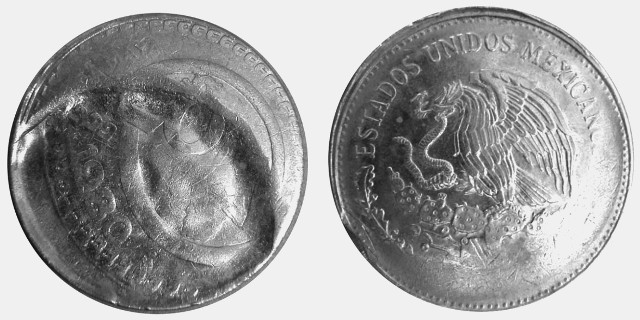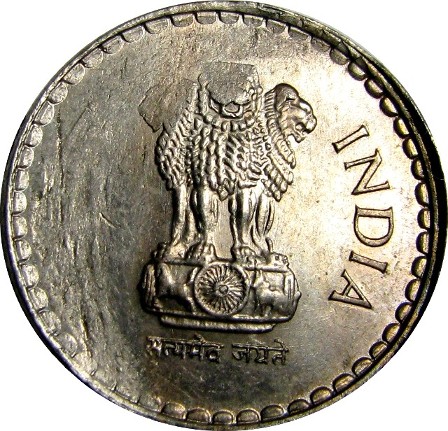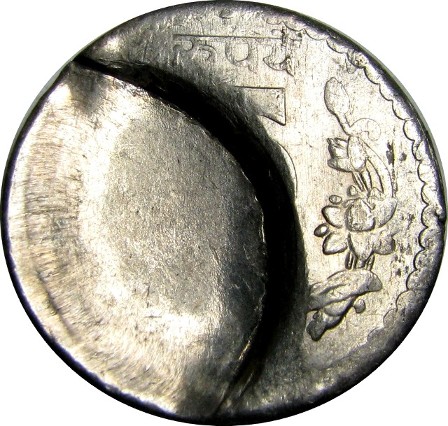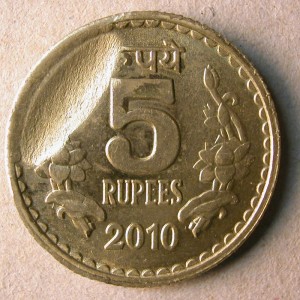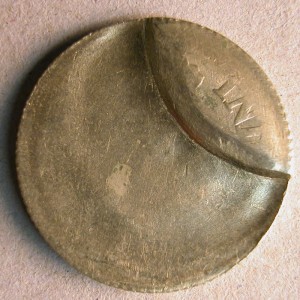PART VI. Striking Errors:
Extrusion strikes
Definition: An extrusion strike occurs when coin metal bulges into a gap, rising to meet the die. The result is a limited area of die-struck design restricted to what was the apex of the bulge. An extrusion strike is an effect, rather than an independent error. Extrusion strikes occur in association with partial brockage errors, indents, struck-through errors, and retained cuds.
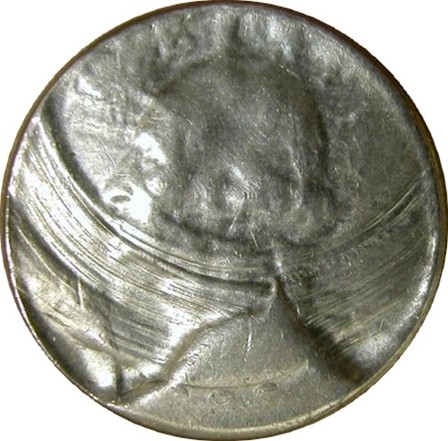
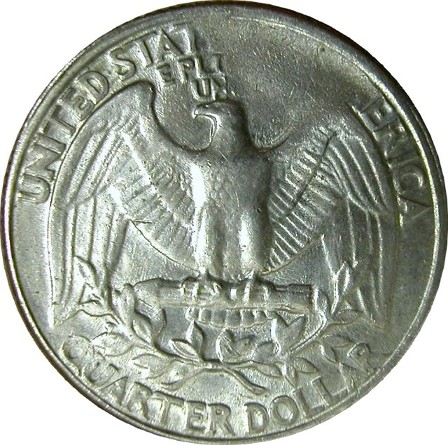
The 1999 New Jersey quarter shown below has an extrusion strike in association with a partial collar error and a 90%
indent. Coin metal bulged into the crescent-shaped gap between the intrusive coin and the collar. The apex of the bulge met the hammer (obverse) die in mid-descent, leaving a strong crescent of die-struck design. The corresponding area on the reverse face is sunken and featureless.
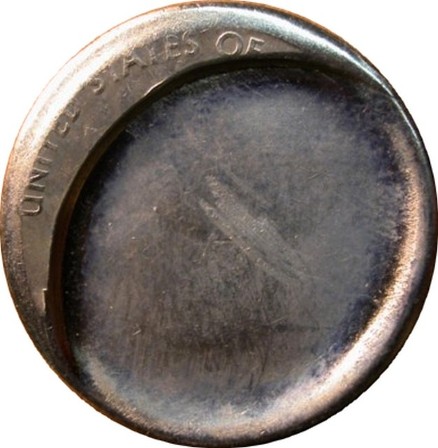
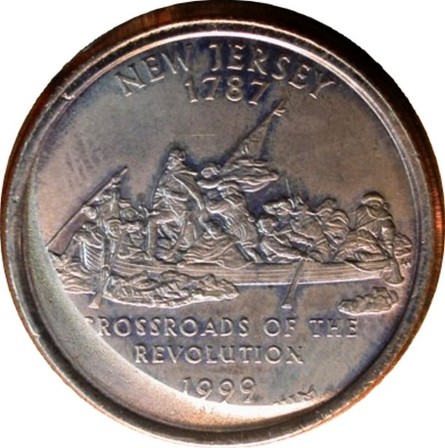
Below is a 1980 Mexico 20 pesos coin with an 80% partial counterbrockage on the obverse face. Beyond the counterbrockage is a crescent of die-struck design. The design is all there, albeit a tad weak toward the left side. The corresponding area on the reverse face features a crescent of unstruck metal that preserves the original surface texture of the blank planchet. This unstruck area is slightly recessed, as expected. The rim, however, is well struck on the reverse and the beads just inside it are also quite clear. The edge and edge lettering are also very well-struck. There is a very thin partial collar lip running along most of the edge, but the coin was still almost completely confined by the collar.
